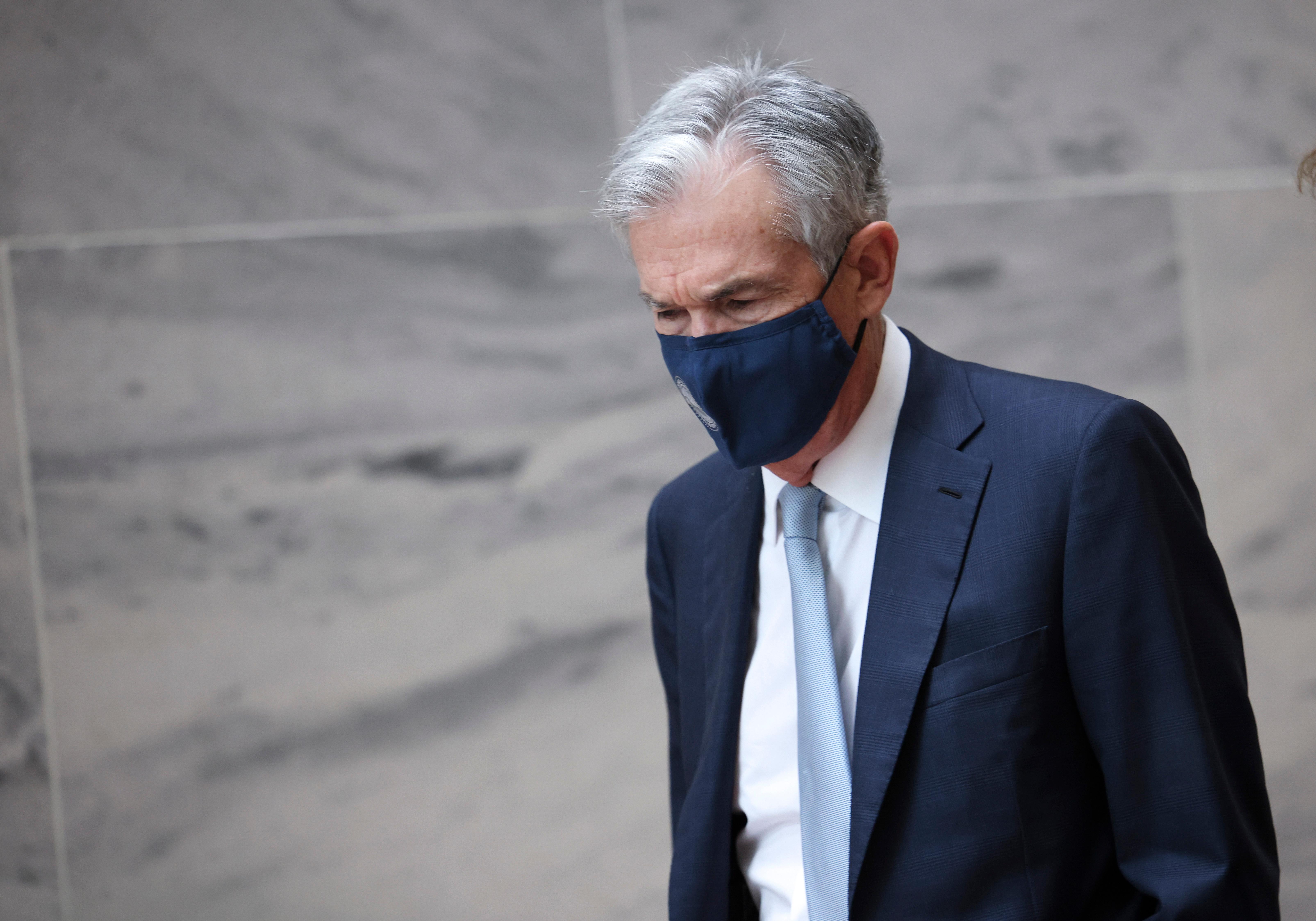When Will Loan Rates Go Up? They’re Already Starting To Rise
Borrowing costs are increasing despite the Fed holding off on raising rates. What's the projected timeline for loan rate increases?
Nov. 4 2021, Published 11:07 a.m. ET

The Fed announced on Nov. 3 that the Fed's rates are staying near zero, but that doesn't mean borrowing costs are stalling. Loan rates are expected to rise, but when?
Here's the projected timeline for loan rate increases, including the costs that are already rising.
The Fed begins tapering this month—what that means for loan rates
The Fed has announced it will begin tapering its asset purchases by $15 billion per month, starting in late November. The program will extend through summer 2022, when the pandemic-era asset purchasing will have run out.
The Fed initially instituted an intense bond-buying program to smooth out the economy during the pandemic, especially by limiting borrowing costs. As the economy recovers, these stimulus measures are coming to an end.
Why Fed rates aren't the only factor
Tapering aside, the Fed is keeping Federal interest rates near zero, which proves that the Fed rate isn't the only factor for borrowing costs. Asset purchasing and tapering also impact loan rates.
Loan rates are already increasing
Columbia University Business School assistant finance professor Yiming Ma told reporters that loan rates are already increasing for long-term borrowing, and that the increases are "going to continue as the implementation starts actually happening." Bankrate tells us that 30-year fixed-rate home mortgages have already risen by 3.24 percent.
What to expect in the coming months
According to LendingTree, mortgage refinancers are currently seeing annual percentage rates (APRs) around 2.31–2.85 percent for a 15-year and 30-year fixed mortgage, respectively.
But that window of opportunity won't last long. As borrowing costs rise in tandem with tapering efforts, the true cost of a home may increase. However, higher loan rates could also reduce demand in a sweltering hot housing market, driving down the cost of homes themselves. For homebuyers, the transition could be bittersweet.
Meanwhile, home equity lines of credit are likely to remain low. They're currently around 3.87 percent and are expected to stay there over the next few months. By the end of Q4 2021, major housing authorities predicted on average that 30-year mortgage rates would hit 3.14 percent.
As for credit cards, experts say now is the time to pay off your debt. Once the Fed does increase interest rates, credit card rates will follow suit.
Will tapering help ease inflation?
Despite higher borrowing costs, tapering could be a factor in calming inflation. According to Sept. 2021 data from the Bureau of Labor Statistics, consumer prices had risen 5.4 percent over the previous 12 months. That's much higher than the two percent goal the government had set for itself earlier in the year.
Tapering—also known as quantitative easing—could ease this inflation, which may help balance out higher borrowing costs. However, overenthusiastic tapering could shock the economy, ultimately increasing inflation. That seems to be a risk the government is willing to take as it cuts back on major stimulus programs.

